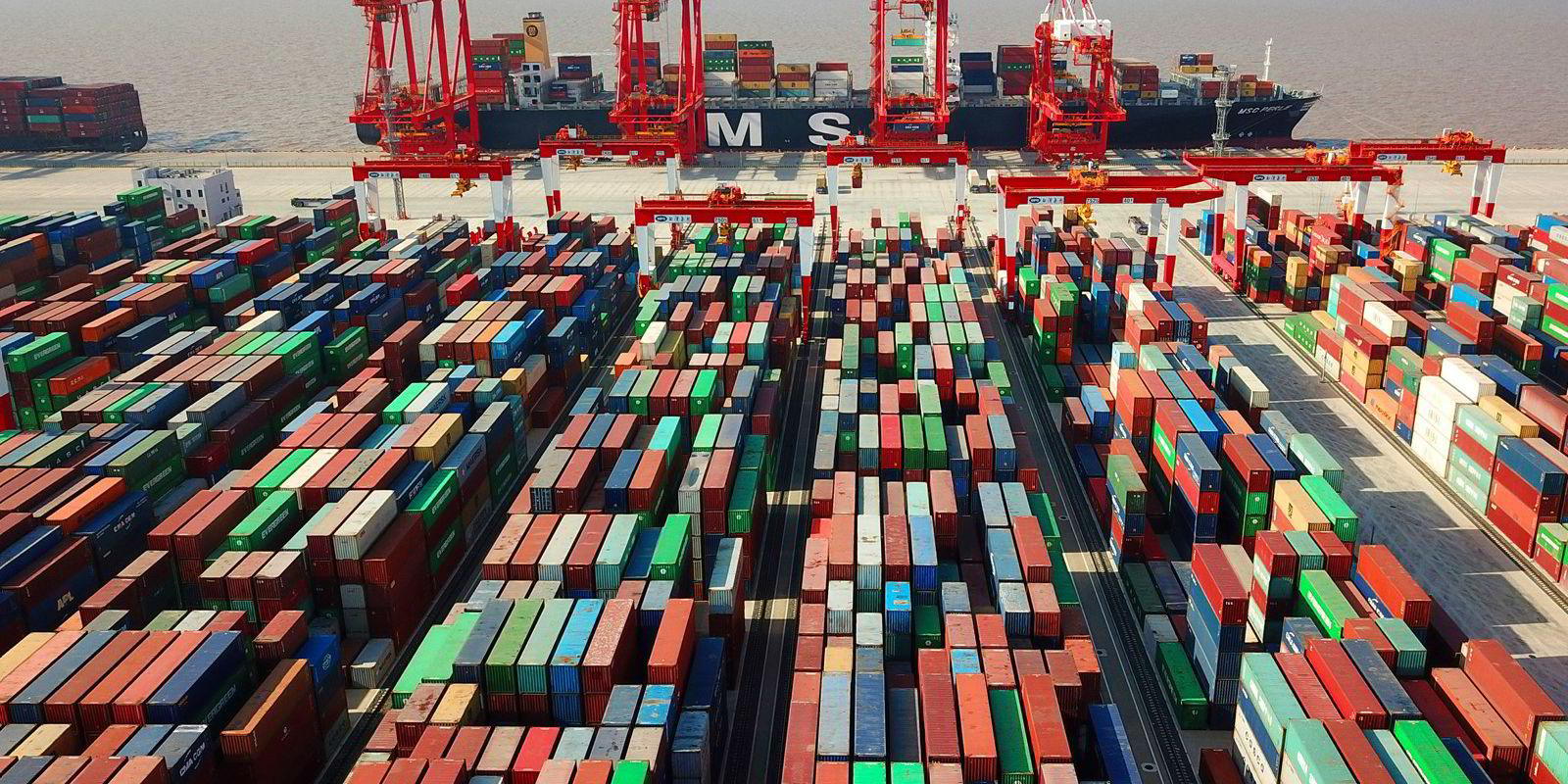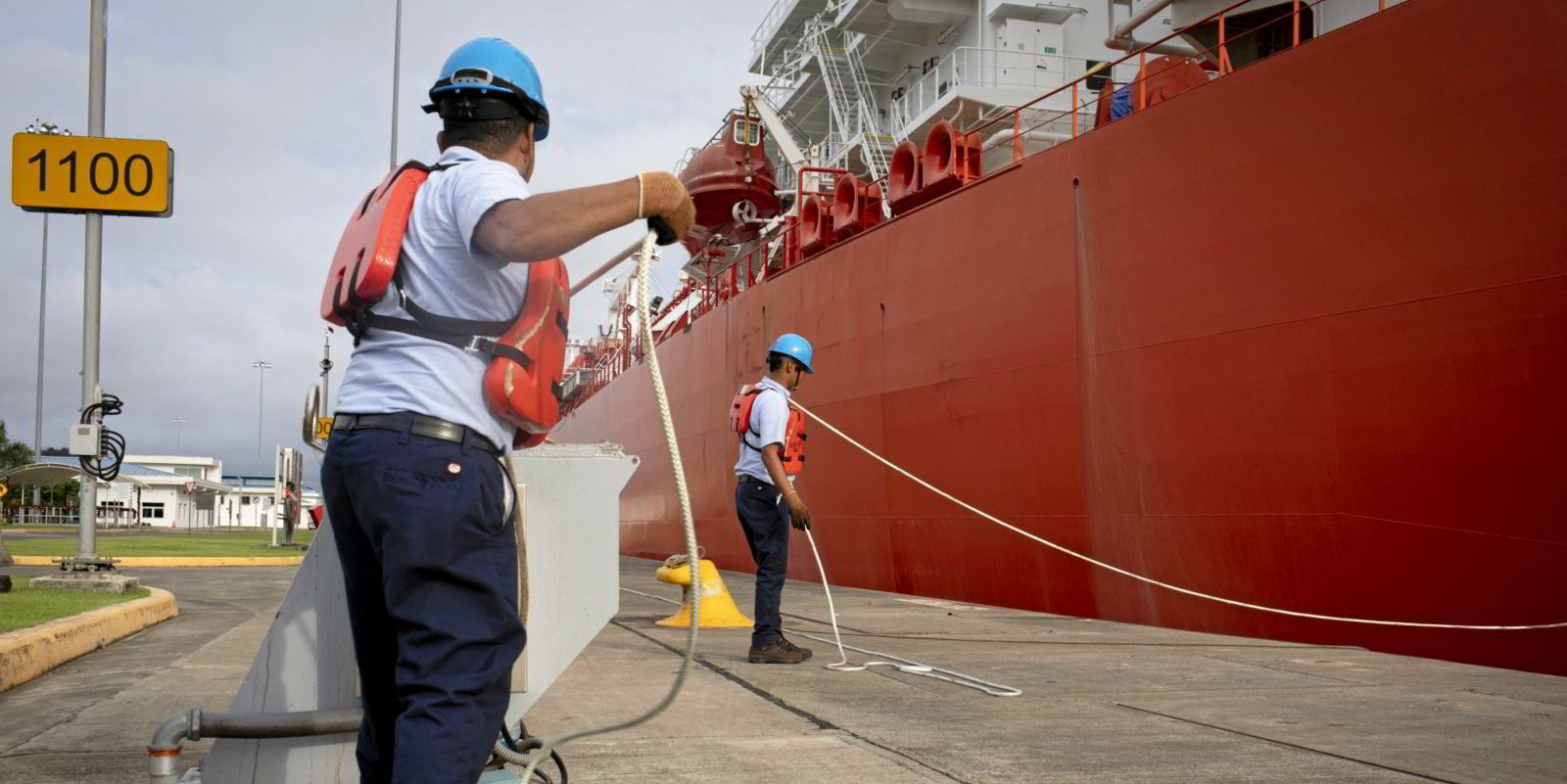No matter how flat the hire rates are for big tankers, shipowners are determined to fill out their fleets in expectation of an upturn.
Operators of VLCCs are as busy as those in more buoyant sectors in purchasing new tonnage.
Symbolic of the newfound optimism was an $82.5m move by Denmark’s Torm to buy eight secondhand MR vessels.
It is taking advantage of a fall in asset prices combined with a desire on the part of the vendor, Team Tankers, to bail out.
Jacob Meldgaard, Torm’s chief executive, spelled out the upbeat mood of many in the sector as he predicted a better second half of 2021.
The positive sentiments are triggered by the global roll-out of Covid-19 vaccines and an uptick in world business and trade levels.
Higher oil output?
This will drive forward oil demand at a time when the stocks built up last year are fast dwindling.
There were also expectations that Opec could loosen production targets and put more oil into the market. An online meeting of Opec and its Russia-led allies was due to consider this action on 4 March.
Russia has been pushing for higher output levels, although Saudi Arabia — Opec’s de facto leader — has remained cautious.
Seaborne crude trade declined by 5m barrels per day (bpd) across 2020 but analysts at Clarkson Platou Securities expect it to have risen by 6m bpd by the end of this year.
The recent buying spree by tanker owners in the sale-and-purchase market may also be influenced by the wider flurry of activity.
Rising tide for shares
As my colleague Gary Dixon has reported, Clarkson Platou said there has not been such a tanker, dry bulk and container binge for a decade. The price of maritime shares has also been on a rising tide.
The optimism should increase interest in the full privatisation of Shipping Corp of India, which is underway.
Boxship rates have consistently risen for nearly 12 months and have hit sky-high levels that even operators describe as unsustainable.
Clarksons Platou said there has not been such a tanker, dry bulk and container binge for a decade
Dry bulk has also had some time in the sun, with the Baltic Dry Index recently at its highest level for a decade.
Panamaxes in particular had soaring rates in February amid wider confidence built around President Joe Biden’s huge public spending commitments and indications that US trade relations with China will improve.
China has witnessed significant economic demand growth surrounding imports of grain, coal and oil.
It’s worth noting here the Biden administration's drive to change the focus on energy from fossil fuels to renewables and clean technology. The cancelling of the Keystone XL pipeline and a moratorium on new oil and gas lease sales on federal land are a harbinger of things to come. This is a big switch away from Donald Trump’s domestic oil crusade.
Norway’s Rystad Energy consultancy believes the new White House energy strategy could, in the longer term, knock $10 off the price of oil.
Raised expectations
This takes us back to large tankers, which are struggling with a difficult market and an increase in bunker charges. Some prices for very low-sulphur fuel oil have risen from $300 to $480 in four months.
But the sector is also benefiting from a low orderbook, encouraging Cleaves Securities to post a “buy” notice on the tanker sector. Joakim Hannisdahl, the head of research, has raised share and asset price expectations for this year and next on tankers.
Yet the latest Shipping Weekly report from Cleaves estimates average earnings on large tankers dropped week on week by 54% to $2,000 per day, taking into account rising fuel prices.
However, Oslo-based Hunter Group insists the VLCC sector is over the worst and has talked of a “positive market outlook”. John Fredriksen’s Frontline is also upbeat despite a loss-making fourth quarter.
It is still a far cry from those scorching hot periods last year when every available vessel was snapped up at almost any price so that oil buyers could use them as storage.
We are now in more normal trading territory with the pandemic waning, the economy picking up and oil stocks declining.
It is not surprising that tanker owners are daring to feel bullish.






